
Singapore private residential market defies expectations with a 2.2% price growth in 2020
It’s only slightly lower than the 2.7% increase in 2019.
In Q4/2020, which has traditionally been a quiet quarter due to the year-end holidays, Savills reveals that developers released 3,147 new uncompleted units for sale, down 17% from the 3,791 units launched a quarter ago. However, on a YoY basis, the number of units launched was 41.4% higher. Out of which, 1,534 units (or 48.7%) are from six newly launched projects.
Apart from Hyll on Holland (launched 60 units) in the Core Central Region (CCR), the bulk of the newly launched units are in the Outside Central Region (OCR), coming mainly from Ki Residences at Brookvale (660 units), Clavon (500 units) and Phoenix Residences (74 units). The remaining launches are in the Rest of Central Region (RCR) with both The Landmark and The Linq @ Beauty World launching 120 units each in the quarter.
Here’s more from Savills:
Owing to the fewer launched units, new sales declined by 26% QoQ to 2,603 units. Nevertheless, compared to a year ago before the outbreak of Covid-19, new sales registered a 9.4% increase, which is encouraging. While the bulk of the new sales (52.6%) were in the RCR in Q3/2020 as a result of more launched units, most of the new sales in Q4/2020 were in the OCR (56.0%).
Of the top five best-selling projects in Q4/2020, three of them were new launches in the quarter. These were the Clavon (sold 473 units), Ki Residences at Brookvale (sold 172 units) and The Linq @ Beauty World (sold 120 units). For The Linq @ Beauty World, the development was fully sold in the quarter at an average price of S$2,186 per sq ft. In the first week of launch (which was in November 2020), almost all, or 118 units were already taken up. The stellar take-up of the project can be attributed to its freehold tenure, being a mixed-use development, its location on the door-step of the Beauty World MRT station and next to an upcoming integrated transport hub. The other two topselling projects were previously launched projects, namely Treasure at Tampines (129 units sold at S$1,406 per sq ft on average) and The Garden Residences (119 units sold at S$1,605 per sq ft on average).
For the whole of 2020, although there was a YoY decline of 4.1% in launched units to 10,883 units, new sales inched up slightly by 0.7% YoY to 9,982 units. Notwithstanding the uncertainties in the global economic outlook and higher unemployment locally, private residential new sales defied gravity and gathered momentum in H2/2020 after Singapore emerged from the Circuit Breaker period. Since then, new sales have been increasing on a YoY basis in Q3 and Q4, which is attributed to more launches attracting HDB upgraders wishing to upgrade and potential buyers’ fear of missing out as residential prices continue to increase steadily. Of the market segments, most of the new sales were in the RCR and OCR, with each constituting more than 40%. While new sales in both RCR and OCR registered YoY declines, new sales in CCR grew significantly by 34.0% from 940 units in 2019 to 1,260 units in 2020. This was the first time CCR new sales have exceeded the 1,000 mark, a number not seen since 2013, when 2,059 units were transacted in the primary market.
The robust activity in the primary market continued to spill over to the secondary market and increasing prices of new projects may have led some buyers to turn to the secondary market. This resulted in a second consecutive quarter of increase in resales and sub sales, increasing 22.5% from 3,530 units in Q3/2020 to 4,326 units in Q4/2020. This behavior went against the norm because due to the year end school holidays, the fourth quarter is traditionally a quiet time of the year. Transaction volumes in the resale market across all three market segments registered QoQ growth, particularly for the RCR as transaction volumes rose by 29.1% to 1,168 units. Resales and sub sales in OCR and CCR increased by 23.7% and 10.5% to 2,412 units and 746 units respectively in Q4. For RCR and OCR, this was the first time since Q2/2018 that transaction volumes exceeded the 1,000 and 2,000 unit levels respectively.
After two consecutive years of decline, transaction volumes in the secondary market rebounded, increasing from 9,238 units in 2019 to 10,927 units in 2020, despite facing economic uncertainties from the pandemic. This was largely attributed to pent up demand from the Circuit Breaker period.
According to caveats from URA, Singaporeans purchased 4,871 units of non-landed private residential homes in Q4/2020, 3.6% lower than the 5,055 units in the previous quarter. Despite the decline, their market share grew by 1.8 percentage points (ppts) QoQ to 81.9% in Q4.
Correspondingly, as a result of the increase in market share by Singaporean buyers, the proportion of non-landed transactions by Singapore Permanent Residents (PRs) and foreigners without PR status fell by 1.8 ppts QoQ to 17.7%. This made it the third consecutive quarter that the share of nonSingaporean buyers came in below 20%. Transaction volumes by these two groups of buyers declined QoQ by 15.1% for PRs and 11.5% for foreigners to 853 units and 200 units respectively. The travel restrictions deterred foreigners from entering Singapore and this took a toll on foreign purchases (including those by PRs) as some still prefer physical viewings of properties/showfl ats.
While project preferences by PRs were largely similar to that of Singaporeans as the top-selling projects by PRs were largely the mid-tier to mass-market ones such as Clavon, Treasure at Tampines and Parc Clematis, foreigners largely preferred projects in the upper mid-tier to high-end segments such as Scotts Square and Leedon Green.
In terms of nationality, buyers from China, Malaysia and India continued to top the list with a total of 602 units, declining by 7% QoQ. While transaction volumes by Chinese and Indian buyers fell on a QoQ basis, purchases by Malaysian buyers grew by 7.4% QoQ. Separately, there were another 209 units purchased by foreigners who did not specify their nationalities. This was 20.5% lower than the 263 units in Q3/2020.
Prices
Arising from the pandemic, despite uncertainties faced by the local economy, Singapore’s private residential property market defied expectations and remained resilient. This was evident from the third consecutive quarter of increase in the URA’s island-wide price index of private residential properties, increasing by a larger 2.1% QoQ in Q4/2020. As such, prices of private residential properties grew by 2.2% in 2020, slightly lower than the 2.7% increase in 2019.
Across the property types, prices of landed properties fell by 1.6% QoQ in Q4/2020, a reversal from the 3.7% growth in Q3/2020. On the other hand, non-landed property prices jumped 3% QoQ in the last quarter of the year after increasing by 0.1%. This was largely led by surges in prices in the CCR and RCR, with 3.2% and 4.4% increases QoQ, which was attributed to higher selling prices of new projects. Prices of non-landed homes in the OCR continued to grow steadily by 1.8% QoQ in Q4, the third consecutive quarter of increase.
From Savills’ basket of high-end nonlanded private residential projects, prices remained relatively stable, inching up slightly by 0.6% QoQ to S$2,410 per sq ft in Q4/2020. Prior to that, it had been declining for the past two quarters. On a YoY basis, prices fell marginally by 0.4%, a reversal from the 0.3% increase in 2019.
Future supply
According to URA, at the end of Q4/2020, there was a total supply of 49,307 uncompleted private residential units in the pipeline with planning approvals. This was down 2.1% from the previous quarter which recorded 50,369 units out of which, about 48.7% of this pipeline supply, or 24,026 units remained unsold. This is about 9.3% lower than the 26,483 in Q3/2020. Developers’ land banks and unsold stock have been depleting as projects continue to sell at healthy rates and new land supply has remained low since the collective sale frenzy of 2017/2018.
As most of the mega projects have already been launched in the past few years, there may be a reduction in mega projects launched in 2021. Excluding Normanton Park, each of the upcoming projects are mostly below 600 units. Developers may take this opportunity to continue selling off the unsold stock from developments which have already been launched, which may also appeal to potential buyers as it provides more certainty regarding the completion period.
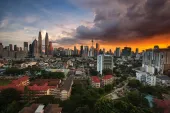
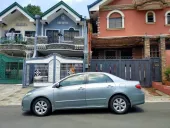

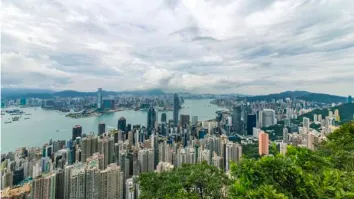


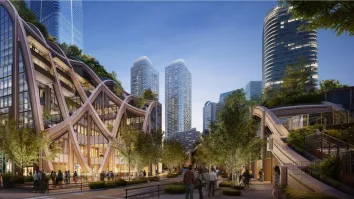


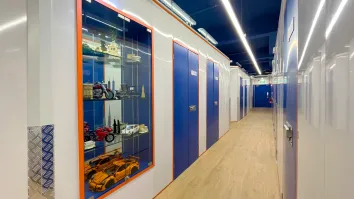

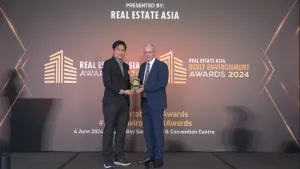

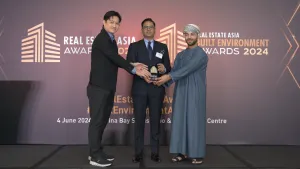
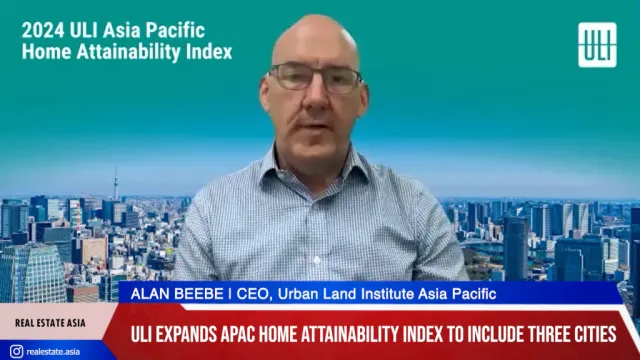

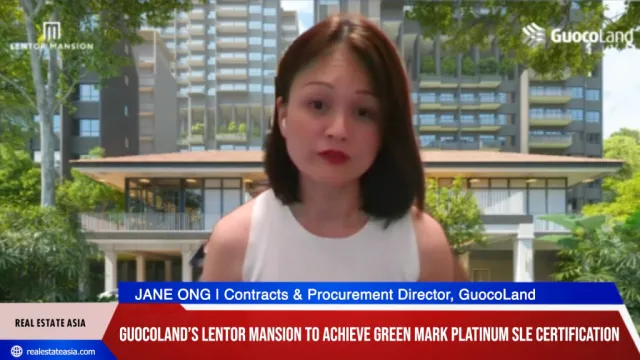
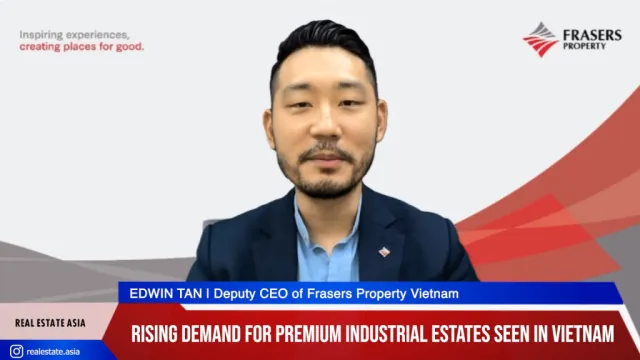
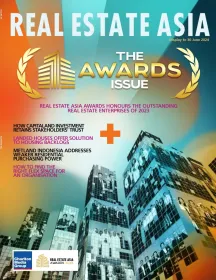
 Advertise
Advertise






